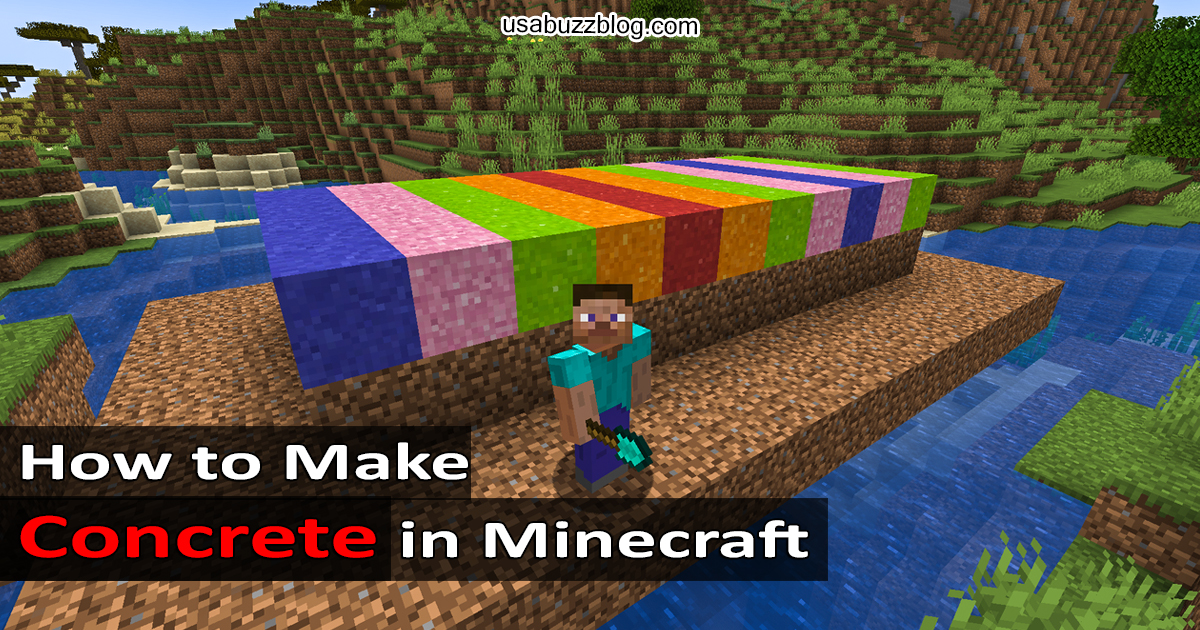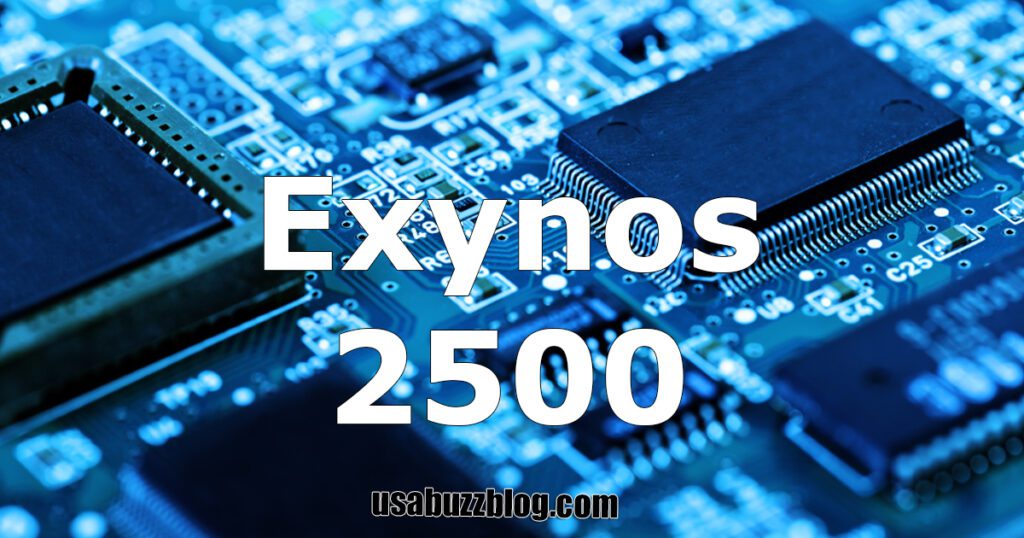
Building with Solidity: Mastering Concrete Creation in Minecraft
How to Make Concrete in Minecraft
The world of Minecraft offers a diverse array of building materials, each with its unique properties and aesthetic appeal. While wood and cobblestone form the foundation of many creations, sometimes you need something sturdier and more versatile. Enter concrete in Minecraft, a solid block crafted from readily available resources, offering both functionality and a customizable aesthetic.
This comprehensive guide delves into the simple process of how to make concrete in Minecraft, ensuring you unlock the potential to add a touch of strength and personalized style to your builds.
1. Gathering the Essentials: Ingredients for Concrete
Before embarking on your journey on How to make concrete in Minecraft, gather the following materials:
- Sand: This readily available resource can be found near water sources, like beaches and riverbeds. Simply use a shovel to collect sand blocks.
- Gravel: Similar to sand, you can find gravel near water sources or by mining beneath the surface layer. Use a shovel to collect gravel blocks.
- Dye: The type of dye you choose will determine the final color of your concrete in Minecraft. Dyes can be obtained by crafting them from various materials or found in chests within generated structures.
2. Crafting Concrete Powder: The Foundation for Solidity
The first step on How to make concrete in Minecraft involves crafting concrete powder. Here’s what you need to do:
- Open your crafting table: Right-click on a crafting table to open its 3×3 grid interface.
- Arrange the ingredients: In any shapeless configuration, place three sand blocks, three gravel blocks, and one dye of your choice within the crafting grid.
- Craft the concrete powder: Once the ingredients are arranged, click and collect the resulting eight units of concrete powder from the output slot.
3. Transforming Powder into Solid Blocks: Bringing Concrete to Life
There are two methods to transform your crafted concrete powder into solid blocks:
Method 1: Utilizing Water
- Place the concrete powder: Place your concrete powder block on the ground or any solid surface.
- Pour water on the powder: Use a bucket of water and right-click on the concrete powder block. The water will be absorbed, and the powder will instantly transform into a solid block of concrete in Minecraft.
Method 2: Contact with Water Source
- Place the concrete powder: Position your concrete powder block next to a water source, such as a lake, river, or even a single water block placed manually.
- Wait for the transformation: The water will naturally flow onto the concrete powder block, slowly transforming it into a solid block of concrete in Minecraft over time.
4. Unveiling a World of Creative Possibilities with Concrete
Once you’ve successfully crafted concrete in Minecraft, you can utilize it in various ways to enhance your builds:
- Building Sturdy Structures: Concrete offers impressive durability, making it ideal for constructing robust structures like castles, fortresses, and even underground bases.
- Creating Decorative Elements: Concrete’s color customization allows for various aesthetic applications. You can create decorative elements like colored pathways, pillars, and even statues.
- Utilizing its Functionality: Concrete blocks are water-resistant, making them a valuable resource for constructing underwater builds or crafting water features within your creations.
Beyond the Basics: Additional Tips and Tricks
While making concrete in Minecraft is a straightforward process, here are some additional tips and tricks to enhance your experience:
- Batch Crafting Concrete Powder: Utilize the shapeless crafting recipe to its full potential by placing multiple stacks of sand, gravel, and dye in your crafting table, crafting large quantities of concrete powder at once.
- Planning Your Color Scheme: Experiment with different dye combinations to create a diverse color palette for your concrete, allowing you to personalize your builds to your liking.
- Exploring Automation: Consider using dispensers filled with water buckets and concrete powder to automate the process of creating concrete blocks, saving time and effort when building large-scale projects.
By mastering how to make concrete in Minecraft, you unlock a versatile and valuable building material, allowing you to add strength, durability, and a touch of personalized style to your creations. Remember, experimentation and exploration are key to unlocking the full potential of this versatile resource. Happy building!
More Perks:
- How to Make Smooth Stone in Minecraft: The Ultimate Guide From Rough to Refined #1
- Getting Honeycomb in Minecraft: Ultimate Guide to get on #1 in Mastering the Buzz
- Honor Choice Smartwatch: Unlocking 2024’s Best Feature-Packed Powerhouse
- Shocking – Apple’s Project Titan cancelled: Electric Dream 2024 Scrapped
- China’s Tech Feast at MWC 2024: Transparent Laptops, AI PCs, and 5.5G Beckon
- The Future Unveiled: MWC 2024’s Most Innovative Tech Marvels
- The iPhone 15’s Battery Health: Best Feature, A Leap Ahead
- Unlock SEO Mastery: No.1 Google’s SEO starter Guide for Beginners
- Circle to Search: No.1 Discovery for Dynamic Searching in 2024!
- Unlocking ChatGPT Plus in 2024: A Deep Dive into the Pros and Cons
Decoding Intelligence: 11 Signs You Might Be Less Smart Than You Think
- Unleashing the OnePlus 12R:Symphony of Affordable Innovation!
- Google Pixel 8 Best wins: Minty Fresh Teaser Unveiled!
- Galaxy S24 Ultra’s Best Win: Crushes iPhone 15 pro-Max in Reflection Brilliance!
Subscribe To Get New Post Updates VIA Email
Recent Stories

Anwar Hussain
As an Architectural and Interior 3D Visualization Expert, I spend my days crafting stunning visuals that showcase the potential of design. But my passion for storytelling extends beyond the screen. At usabuzzblog.com, I leverage my design expertise to provide insightful and engaging content on Technology, Health & Fitness, Travel, News, Architecture, interior design, and the broader creative landscape. Join me as I explore the latest trends, share design tips, and unveil the stories behind the spaces we inhabit.













